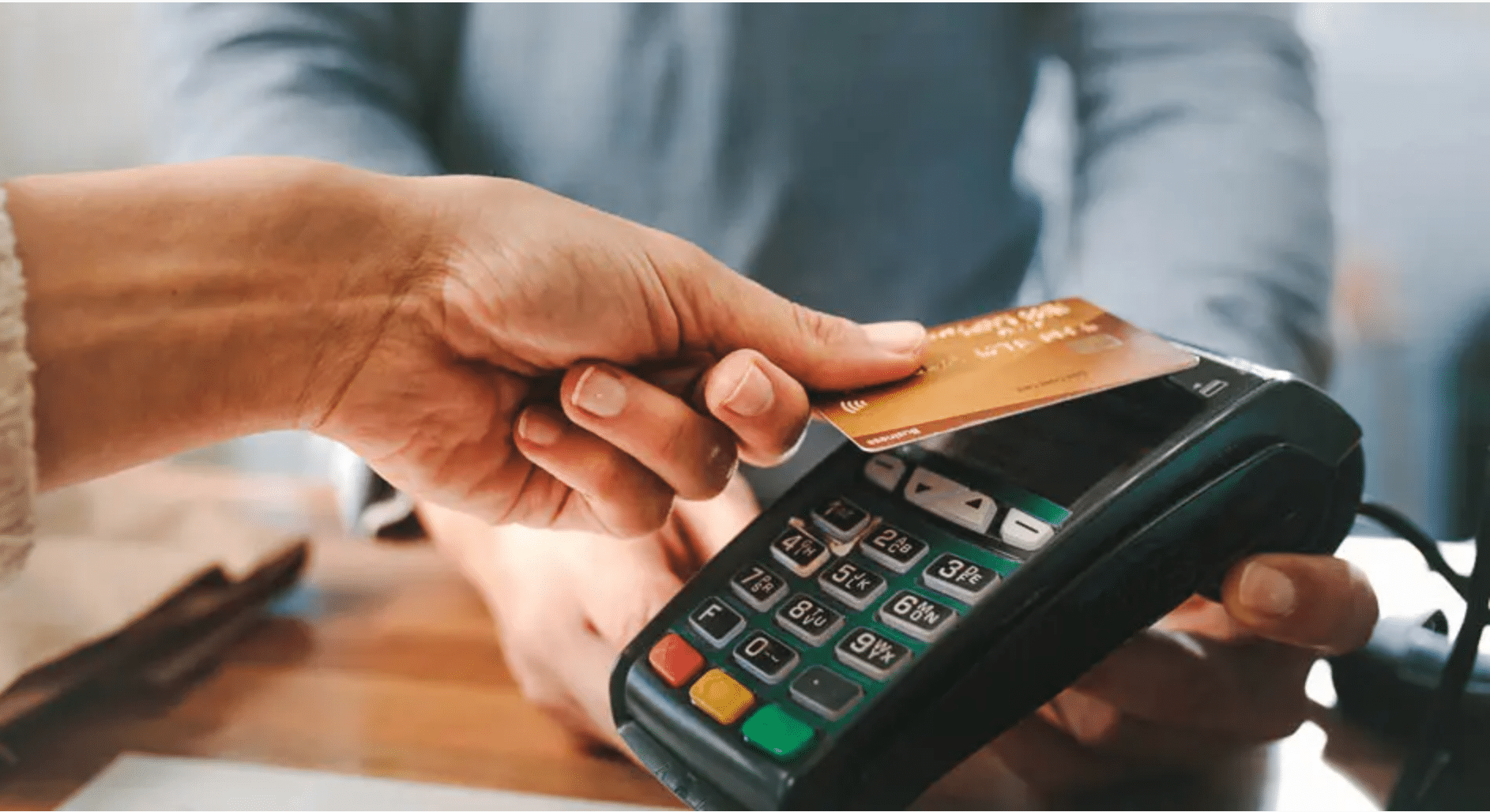Developing sustainable resale models – Retail Insider
Welcome to the sustainability column that normally takes a glimpse at what retailing is undertaking to handle the challenges in its field. Substantially of the ongoing target will be on fashion but not exclusively.
This month’s column explores some of the problems around resale that need to be regarded if this possibly important part of the business is to have longevity and make a actual very long-time period effects on the sector.
We are extremely delighted to carry this series of columns to you with the much appreciated aid of our new sponsor Prolog Fulfilment.

There is no doubt that resale is having fun with significant expansion, with the sector for pre-owned products reaching $100 billion in 2022 and it is forecast to hit $250 billion by 2027, in accordance to the Ellen MacArthur Basis. This suggests, at that stage, it would account for virtually a quarter (23 per cent) of total retail product sales.
In opposition to this backdrop the outfits models have to operate out how they deal with this ongoing structural transform in their market. To this end quite a few of them have been experimenting with numerous approaches to get involved in the round economic system.
This has included them investigating a wide range of initiatives like placing up their have marketplaces on their web-sites for buyers to market by way of, working with recognised third-party platforms these as The Serious Genuine and ThredUp, tying-up with the peer-to-peer marketplaces including Depop and Vestaire Collective, or working with the know-how of the likes of Trove and Reflaunt, which handles all the again-end infrastructure for trade-in and resale.

There have been accusations that a lot of of the attempts to date by the brand names has been merely PR bluster or greenwashing somewhat than a genuine exertion to modify their small business styles for the extensive-time period and build a sustainable new way of operating with resale as an integral part. We could argue that a legitimate transfer to sustainability will include brands trying to find to shift some of their revenues away from new manufacturing and into resale.
At the coronary heart of this is probable to be a method whereby the makes deliver more revenues from present products by providing them several times. This moves them absent from continuously owning to make new products, which results in the vast majority of the adverse environmental influence in the manner sector.
For this to function at any scale it is most likely the resale part will have to be intently integrated within the brand’s present business enterprise of promoting new solutions. Getting the resale aspect at some type of arms’ length – through several marketplaces – may basically outcome in insufficient traction for the manufacturer and eventually disappointing income era.
A further crucial ingredient in the circular economic climate relocating ahead is for manufacturers to improved converse to their shoppers about their resale propositions. According to the lately released Manufacturer Resale Index from Trove, which analysed the resale endeavours of 40 big brand names, only 35% of these companies promote their resale programmes by way of social media and only 20% encourage it via email.
This is disappointing mainly because wider awareness would certainly assist bring about an vital part of the resale market place – the unlocking of the $2.1 trillion of branded goods that are sat in people’s wardrobes. Only all-around six per cent of all probably re-saleable fashion was resold in 2020, which leaves this enormous multi-trillion greenback stockpile of objects stuck in residences.
To even further aid push matters ahead makes have to have to give customers quick-to-use, seamless trade-in solutions. For brand names with merchants this can include things like utilising their multi-channel abilities and allowing trade-in at physical shops as very well as via mail.

With this kind of issues in area then resale not only provides alone as an prospect for people today to get paid some money from their unused things lying around at property but it would get the ball certainly rolling on resale volumes. Makes could then begin to see some much more significant revenues being produced from the reselling of non-new products. If they have command of this secondary resale industry, with it fully built-in into their current business enterprise, then they will start to see how it can be applied as a completely productive offset to them making a lot less revenues from the sale of new products.
According to Andy Ruben, CEO of Trove, the tipping point when manufacturers would regard resale as becoming a actually sustainable aspect of their organizations and admit that they are working with a new functioning design is when it hits 20% of their whole sales. Some of the additional progressive sustainable outfits makes are now investing around this figure. For other manufacturers looking to be a part of them the crucial precedence has to be all-around guaranteeing that their selection of resale programme is dependent on its robustness and prolonged-term sustainability, and that they also shout about its existence.
Supported by:






